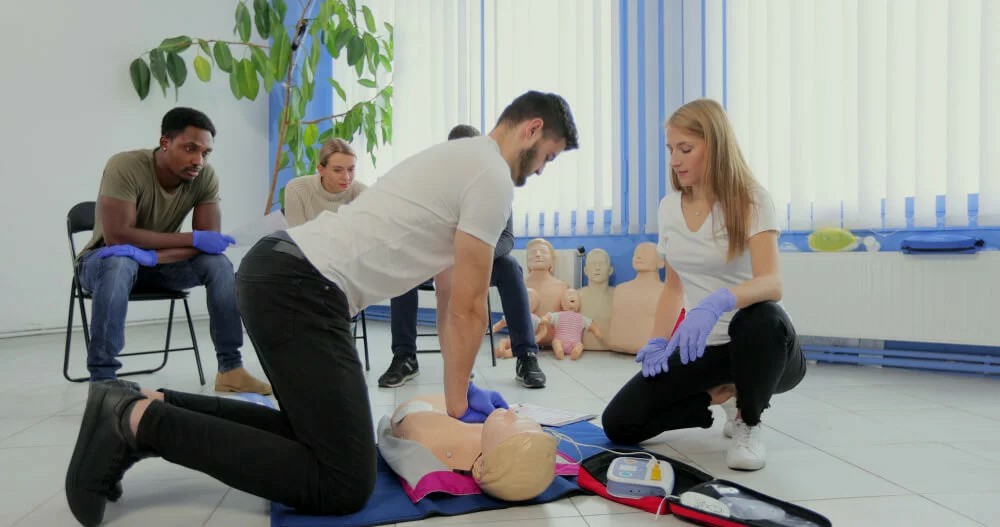


 349,500 Offered Certificates
349,500 Offered Certificates
 24/7 Online Training
24/7 Online Training
 Money Back Guarantee
Money Back Guarantee
 Fully Accredited Courses
Fully Accredited Courses

Created at: 25-02-2025 19:10
In today’s fast-paced working environment, emergencies can arise at any moment. The necessity of being prepared cannot be overstated. That's where First Aid and CPR training comes into play. This essential training not only equips employees with life-saving skills but also fosters a culture of safety and compliance in the workplace.
Organizations are responsible for ensuring the safety of their employees. This responsibility extends beyond basic safety measures. Providing First Aid training empowers employees to respond to emergencies effectively, potentially saving lives and minimizing injury impacts. Furthermore, it signifies a commitment to workplace health and safety.
CPR (Cardiopulmonary Resuscitation) is a critical skill every employee should master. Knowing how to perform CPR can mean the difference between life and death in a cardiopulmonary emergency. Here are some basic CPR techniques:
Every workplace faces various health and safety regulations aimed at protecting employees. By integrating First Aid certification into employee training programs, businesses can ensure they meet these legal requirements, which include having trained first-aiders on site and accessible first-aid kits.
Understanding emergency first aid procedures is crucial for effective response. Here are some practical steps:
Choosing the right First Aid course involves several considerations:
The choice between online and in-person training can impact team engagement and learning outcomes:
Investing in First Aid and CPR training is not just a legal obligation; it's a moral imperative to ensure the safety of employees and foster a proactive safety culture. Choose the right Emergency First Aid Training Course to empower your workforce today. Enroll in our First Aid courses now!
For more information, please contact us at [email protected].